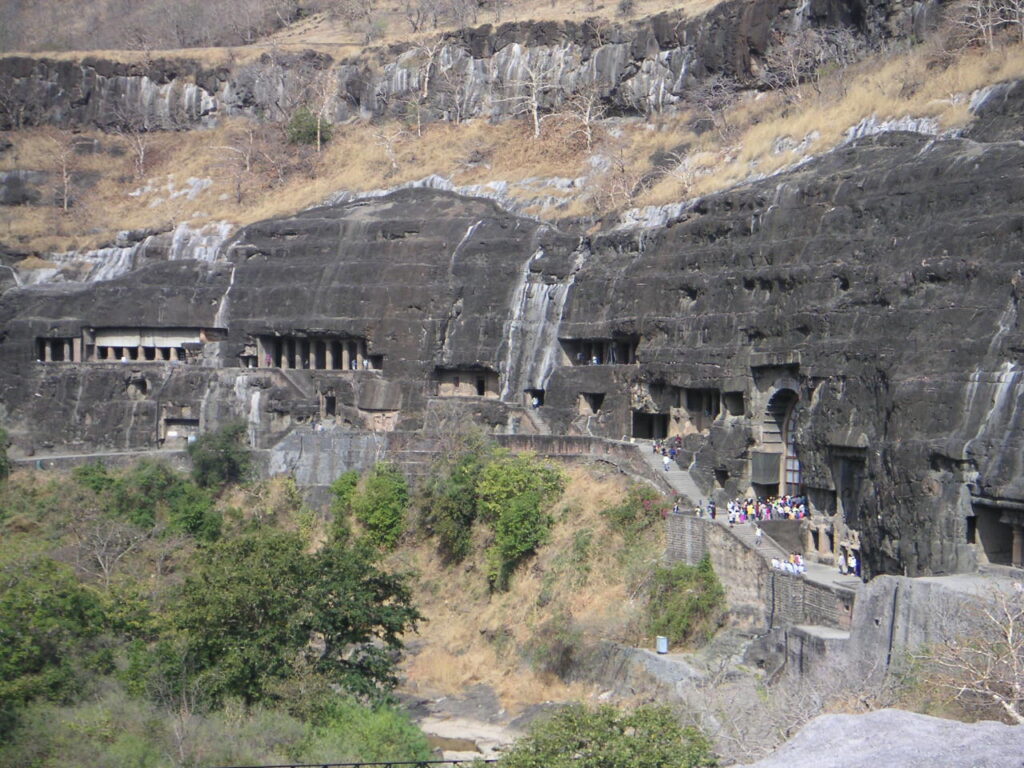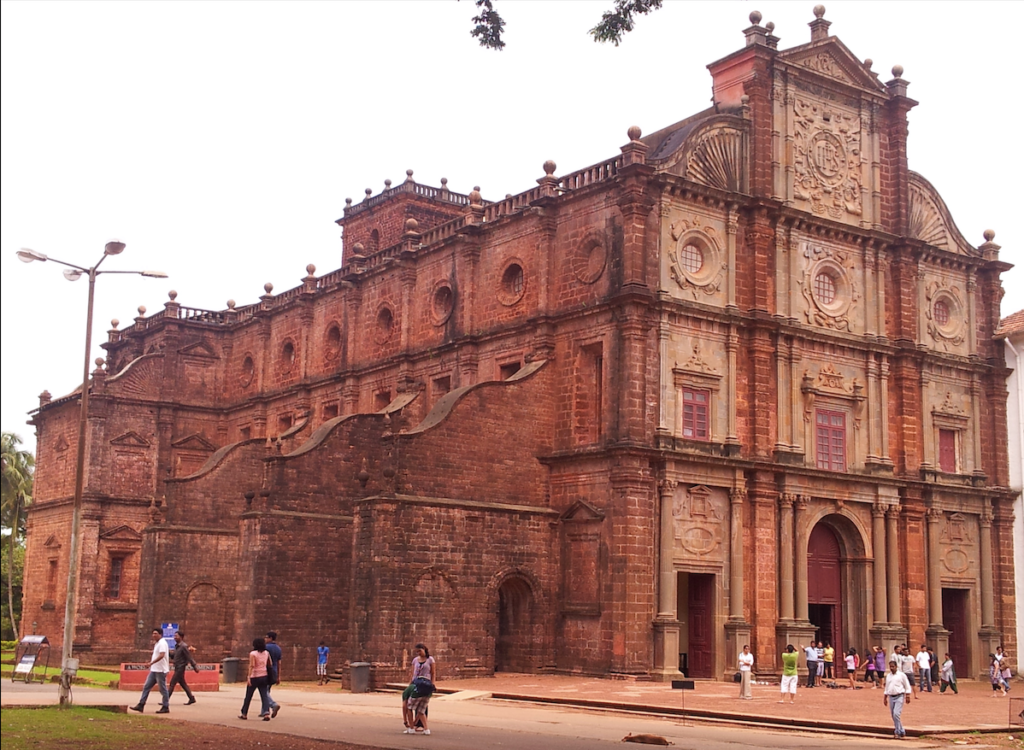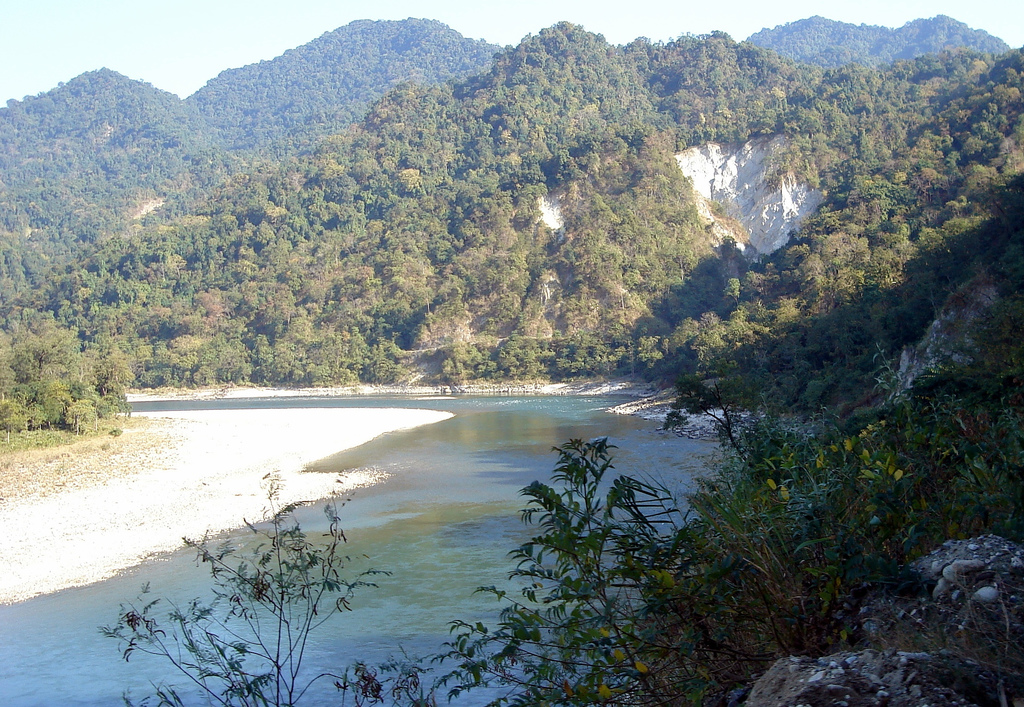Introduction: Nestled within the rugged canyons and desert landscapes of southern Jordan lies Petra, a remarkable testament to human ingenuity and architectural mastery. Originally known as Raqmu or Raqēmō to its inhabitants, this ancient city has captured the imagination of travelers, historians, and archaeologists alike for centuries. In this article, we will delve into the rich history, captivating architecture, and cultural significance of Petra, uncovering the secrets of this UNESCO World Heritage Site.
History of Petra: Petra’s history dates back to ancient times, with evidence of human habitation dating as far back as the 5th millennium BCE. However, it wasn’t until the 4th century BCE that Petra rose to prominence as the capital of the Nabatean Kingdom. Situated at the crossroads of major trade routes linking Arabia, Egypt, and Syria, Petra flourished as a center of commerce, culture, and religion.
The Nabateans, skilled merchants and craftsmen, carved Petra’s iconic structures directly into the rose-red sandstone cliffs, creating a breathtaking fusion of natural beauty and architectural marvel. Their mastery of water management allowed them to construct elaborate irrigation systems, enabling agriculture in this arid region and sustaining the city’s population.
During its heyday, Petra thrived under Nabatean rule, its wealth evident in the ornate temples, royal tombs, and grand amphitheater that adorned the cityscape. However, Petra’s fortunes would eventually decline with the rise of the Roman Empire. Following Roman annexation in 106 CE, Petra gradually faded into obscurity, succumbing to earthquakes, shifting trade routes, and changing political landscapes.
Rediscovery and UNESCO World Heritage Site: Petra remained largely forgotten by the Western world until 1812 when Swiss explorer Johann Ludwig Burckhardt stumbled upon its hidden treasures during his quest to locate the ancient city. His vivid accounts captivated the imagination of Europe, sparking renewed interest in Petra’s ancient wonders.
In 1985, Petra was designated as a UNESCO World Heritage Site, recognizing its outstanding universal value and cultural significance. Today, Petra stands as a testament to human creativity, resilience, and the enduring legacy of ancient civilizations.
Architecture and Landmarks: Central to Petra’s allure is its remarkable architecture, characterized by intricately carved facades, towering columns, and elaborate rock-cut tombs. The most iconic structure is undoubtedly Al-Khazneh, or “The Treasury,” with its imposing facade adorned with intricate carvings and mythical figures. Believed to have served as a mausoleum or ceremonial tomb, Al-Khazneh continues to inspire awe and wonder among visitors.
Another notable landmark is the Monastery (Ad Deir), a massive temple carved into the cliffs of Petra’s remote hinterlands. Reached by a challenging hike up steep terrain, the Monastery rewards intrepid adventurers with panoramic views and a sense of serenity amidst the rugged landscape.
Other must-see attractions include the Royal Tombs, the Great Temple, and the Siq, a narrow canyon that serves as the main entrance to the city. Each structure bears testament to Petra’s rich architectural heritage and the skill of its ancient craftsmen.
Cultural Significance: Beyond its architectural splendor, Petra holds profound cultural significance for the people of Jordan and the wider world. It serves as a symbol of national pride and identity, representing the enduring legacy of Jordan’s rich history and heritage.
For centuries, Petra has captured the imagination of poets, artists, and adventurers, inspiring countless works of literature, art, and exploration. Its timeless beauty and mystique continue to draw visitors from across the globe, each seeking to unravel the secrets of this ancient marvel.
Furthermore, Petra serves as a bridge between past and present, connecting modern-day visitors with the stories, traditions, and aspirations of those who once called this city home. Through preservation efforts and sustainable tourism initiatives, Jordanians are working to safeguard Petra’s legacy for future generations, ensuring that its wonders endure for centuries to come.
Conclusion: Petra stands as a testament to the ingenuity, creativity, and resilience of the human spirit. From its humble beginnings as a caravan stop to its rise as a magnificent Nabatean capital, Petra’s story is one of triumph over adversity and the enduring power of cultural heritage.
As visitors wander through its ancient streets and marvel at its towering monuments, they are transported back in time, connecting with the lives and aspirations of those who came before. Petra’s legacy transcends borders and generations, serving as a source of inspiration and wonder for all who encounter its timeless beauty.
In preserving Petra, we not only honor the achievements of past civilizations but also reaffirm our commitment to safeguarding the cultural treasures that unite us as a global community. As the rose-red city carved in stone continues to capture hearts and minds, its legacy will endure as a beacon of hope, beauty, and human achievement
https://kesariexpress.com/machu-picchu-the-lost-city-of-the-incas-a-marvel-of-ancient-civilization/







One Comment